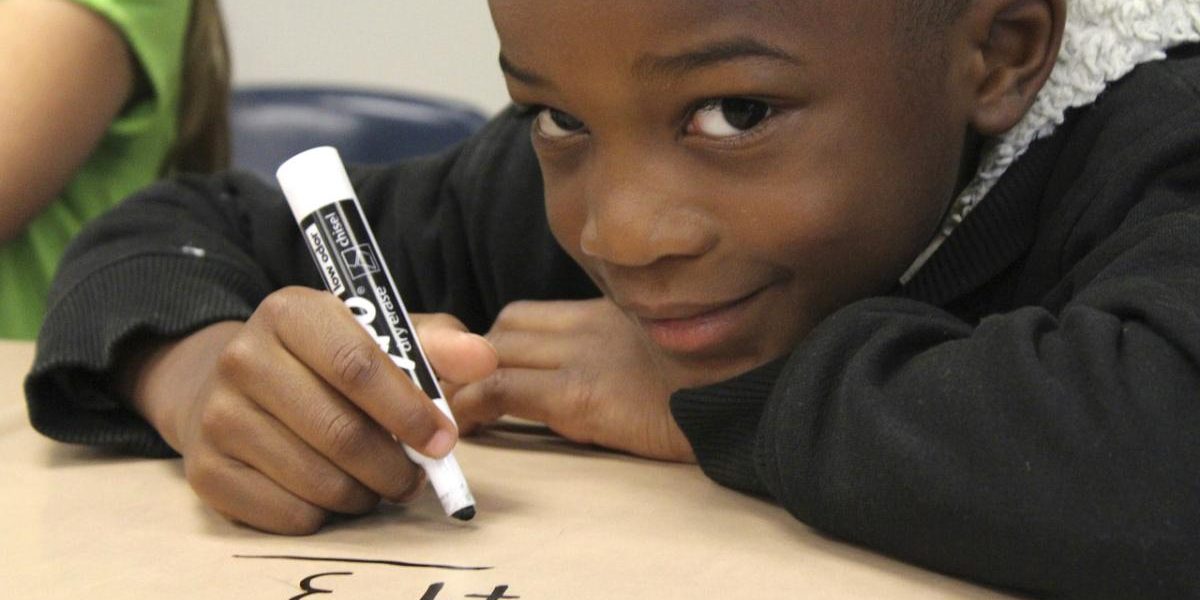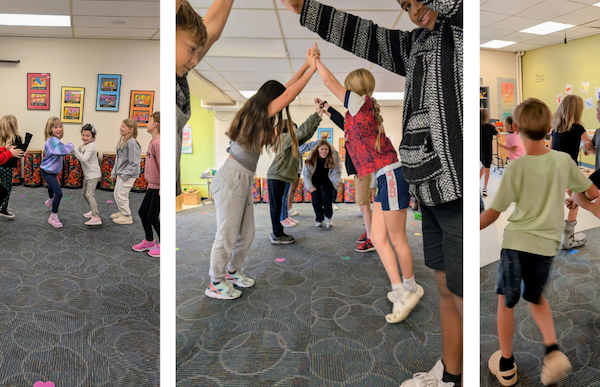
A Connection to Friends and Community
September 24, 2019
The Fruits of Our Labor: How Staying the Course Can Support EF Skill Development
October 8, 2019
The term dyscalculia, pronounced dis-kal-kyoo-lee-uh, refers to a Specific Learning Disability in the area of Math. It is relatively rare for a student to qualify for an Individualized Education Program (IEP) under Specific Learning Disability only in the area of math. When a child has difficulty with reading, there will usually be spillover into math. But many students who do not qualify as a having a Learning Disability still struggle in Math.
When a student is struggling in math, there are three things to consider – the ability to read and understand the language of math word problems, consistent attention to task, and working memory.
The most common reading-based problem in math is in understanding word problems. Students can have difficulty with actually reading the problem and/or discerning what the problem is asking. Math has a unique vocabulary. Subtraction, “take away” and minus all refer to the same operation. When the problem wants you to find the product of 6 and 5, do you add, subtract, divide or multiply? Some students do not understand the key words such as quotient, minus or sum. Many students better understand word problems by drawing a diagram of the problem and by consulting a list of key words for each type of problem.
Consistent attention is another key to good performance in math. At a young age, some students are inconsistent when they count. When it matters, such as counting out six pieces of candy to eat right now, they are accurate. When they are counting the number of trees for a math problem in school, they may not be so engaged. Older students have to accurately line up vertical columns of numbers for multiple-digit problems. Lapses in attention while copying the columns or during regrouping will yield an incorrect answer. Using graph paper for math problems can help with lining up the numbers. Children should be encouraged to consistently check their work and ask themselves if the answer makes sense. For example, the answer “1” does not make sense for the problem “30 – 19.” Taking brief activity breaks during work time can help recharge mental energy and improve attention to task.
Success in math draws on working memory; the student must recall math facts, remember the sequence of procedures, hold the pertinent numbers in memory, check for accuracy, etc. Knowing the math facts with some automaticity can ease the burden on working memory, even if the student is permitted to use a calculator. While a student may qualify for extra time on high-stakes tests, having to use a calculator for simple problems will still reduce the number of problems he can finish.

How can a parent help at home? Springer School and Center is partnering with Cincinnati Children’s to sponsor a lecture for parents with Marilyn Zecher, MA, CALT called “Why Some Students Struggle in Math and What We Can Do About It.” The program will be on Tuesday evening, November 12, 2019. Click here for more information and to register.
Blogger Mary Ann Mulcahey, PhD, shares her expertise in assessment and diagnosis of learning disabilities and ADHD, and the social/emotional adjustment to those issues. If you have questions, please contact Mary Ann at



